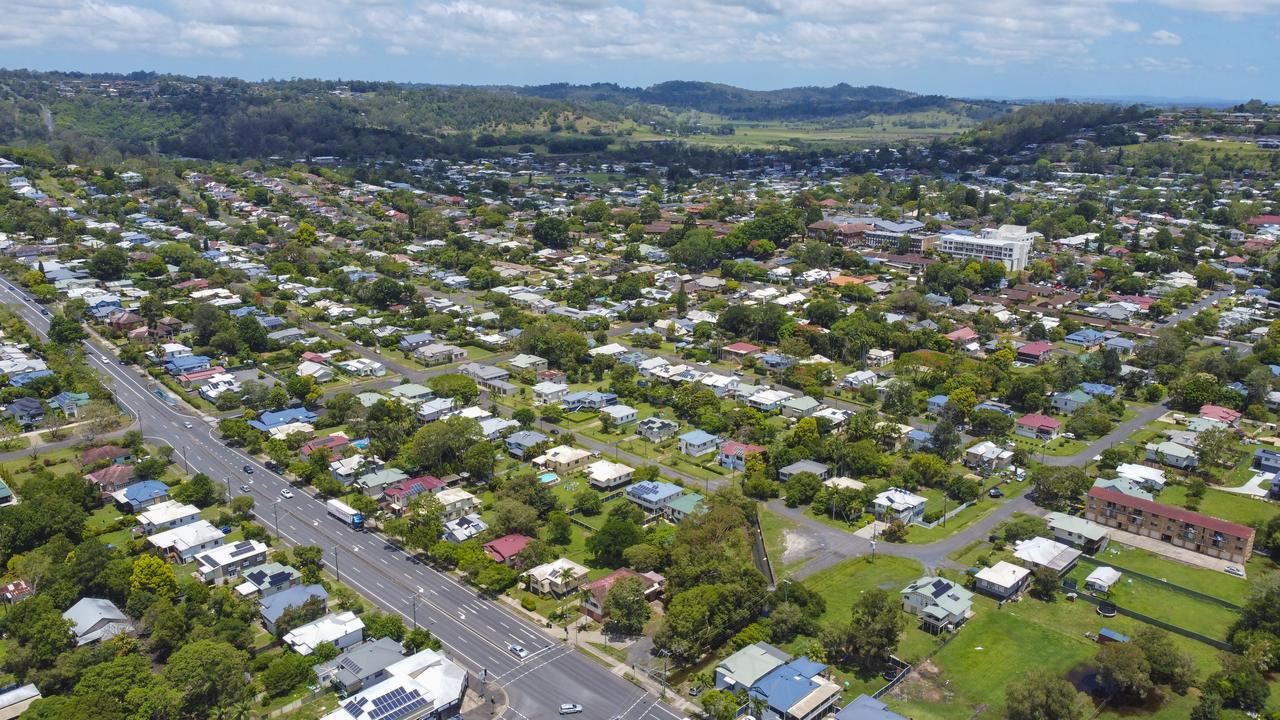Eastern Australian humpback whale migration in full swing
Dr Wally Franklin has been studying the eastern Australian humpback whale for over 30 years and believes we will see Migaloo this season. Here is the story.
The annual humpback whale migration has started with Cape Byron pegged as the best land base to view the passing spectacle.
Dr Wally Franklin, adjunct fellow of Southern Cross University in Lismore has been studying the eastern Australian humpback whale for over 30 years.
“The migration begins usually in May when you see the first whales coming up along the NSW coast and during May, June and into July the whales are heading up along the coast into Qld waters,” Dr Franklin said.
“They bypass Hervey Bay on the way north then they move into the southern areas of the Great Barrier Reef lagoon off Rockhampton to the southern end of the reef then to Mackay, the Whitsunday area.”
Whales can be seen from May through to November as they migrate between their feeding areas in Antarctica and their breeding areas of the southern part of the Great Barrier Reef.

After a peak breeding season in August, the whales turn around and head south again from the reef.
“That’s when they start moving into Hervey Bay,” Dr Franklin said.
“Hervey Bay is where mature females use the area to look after the younger whales during August and then in September and October the mums with calves.”
On the return trip they pass Byron Bay whales can be seen close to the coast right up until November when the southern migration is finishing.
“In a place like Cape Byron you can see the whales passing right through from May to November,” Dr Franklin said.
“It makes Byron Bay one of the best land based whale watching areas in the world.”

Cape Byron is a significant point in the annual migration because the whales must make a turn to head them in the direction of the Great Barrier Reef.
“Byron is a geographical feature that actually brings the whales very close to the coast,” Dr Franklin said.
“This makes humpback whale watching at Cape Byron incredibly special.”
Humpback whales enjoy the shallow water and have been known to swim just beyond the breaks at North Coast beaches.
“You’ll sometimes see mums with calves come quite close in under the cliffs at Cape Byron,” Dr Franklin said.
Humpback whales are one of the few whales that are active at the water surface.
The length of their pectoral fins are similar to the relative length of a human’s arms to their legs.
“They love waving their pectoral fins around at the surface, rolling over and waving, tail-lobbing, or tail slapping but the most spectacular behaviour is the breach,” he said.

“Usually only three swipes of their tale will push them fully out of the water. It’s a spectacular manoeuvre.”
“Watching the impact when whales come in close to our vessel has an incredibly deep emotional effect on people,” Dr Franklin said.
“There is deep affiliation between humans and whales. You just see it.”

So where is Migaloo?
In April, footage from Brayden Blake of Fingal Head in Qld showed a white whale with a white calf.
“The majority of the body was white but from the drone footage we can see that there was some dark pigmentation on the underside of the fluke.
“It was probably not like Migaloo, an albino or leucitic whale. But it is a very interesting sighting,” Dr Franklin said.
Migaloo is the only albino whale in the eastern Australian group of around 40,000.
“Generally Migaloo doesn’t turn up until early July so I wouldn’t expect to see him before then.
“The last few years that we sighted him he was coming through Cook Strait in New Zealand waters a week before he turned up on the east coast of Australia.
“Migaloo has been seen every year of his life.
“We didn’t see him last year but he might have gone wandering off to Nouméa to meet some of the Nouméa lady whales,” Dr Franklin said.




